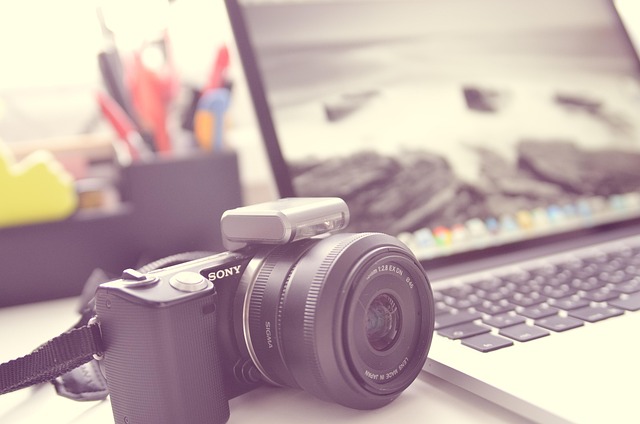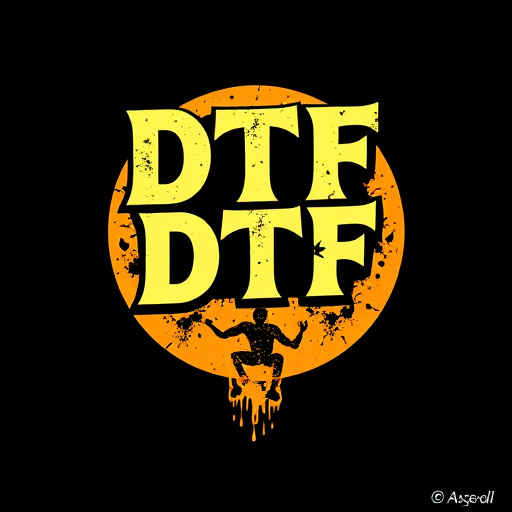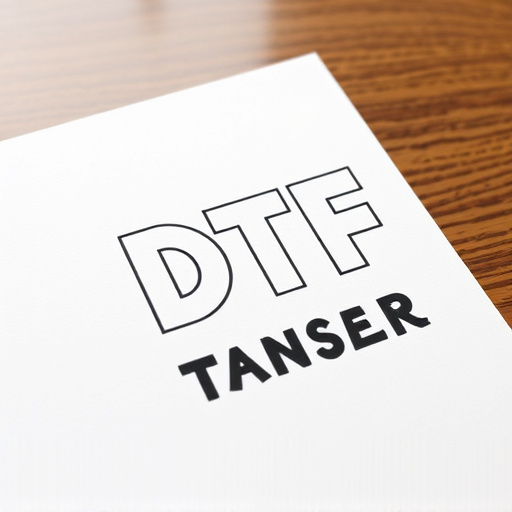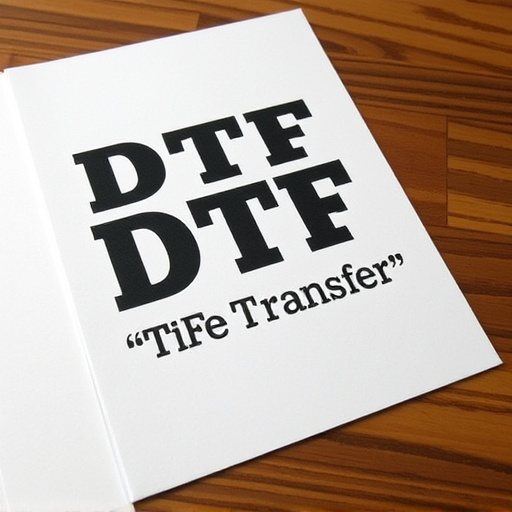Direct-to-Film (DTF) print technology creates high-quality, long-lasting prints on fabrics and plastics by applying ink directly without traditional film positives. Popular in textiles, signage, and packaging, it offers fast turnaround times, vibrant designs, wide color range, and efficiency for small to large-format printing. To use DTF, prepare designs with high resolution, transparent backgrounds, and precise arrangements; set up printers with calibrated components and compatible design files; conduct transfers with careful alignment and pressure; and store prints properly post-print. Challenges like poor adhesion or ink bleeding can be mitigated by cleaning surfaces, ensuring compatibility, calibrating equipment, and using quality materials.
Direct-to-film (DTF) print technology is a game-changer for creating high-quality, durable prints on various surfaces. This step-by-step guide will walk you through the process of using DTF prints, from understanding the technology to troubleshooting common issues. Learn how to prepare your design, set up your printer and materials, conduct the transfer process, and provide post-print care. Master the art of DTF Transfer and unlock endless creative possibilities.
- What is Direct-to-Film (DTF) Print Technology?
- Prepare Your Design for DTF Transfer
- Set Up Your DTF Printer and Materials
- Conduct the DTF Transfer Process Step-by-Step
- Post-Print Care and Considerations
- Troubleshooting Common DTF Printing Issues
What is Direct-to-Film (DTF) Print Technology?

Direct-to-Film (DTF) print technology is a cutting-edge method for creating high-quality, long-lasting prints directly on various materials, including fabrics and plastics. This innovative process eliminates the need for traditional intermediate steps, such as film positives or plates, by using modern printing devices to apply ink or dye directly onto the desired surface. The DTF transfer technique is particularly popular in industries like textiles, signage, and packaging due to its speed, versatility, and ability to produce vibrant, precise designs.
DTF technology offers several advantages, including fast turnaround times, as designs can be printed directly from digital files without the need for complex setup processes. It also allows for a wide range of colors and effects, enabling printers to create eye-catching, customized products quickly and efficiently. This method is suitable for both small-scale projects and large-format printing, making it a versatile solution for businesses and individuals seeking high-impact visual outputs.
Prepare Your Design for DTF Transfer

To prepare your design for a DTF transfer, start by ensuring your artwork is high-resolution and in a compatible file format, typically PNG or JPEG. The image should be crisp and clear with no visible artifacts or compression issues. Next, arrange your design elements precisely as you want them to appear on the final printed product. Consider the size and orientation of the print area to make sure your design fits seamlessly without any wasted space.
Adjust colors and opacity if needed to ensure that the print outcome aligns with your vision. Darken or lighten shades as required, and check that important details are not buried under overwhelming intensity. Remember, the DTF process requires a transparent background for the ink to adhere properly to the substrate, so make sure your design is designed with this in mind.
Set Up Your DTF Printer and Materials

Setting up your Direct-to-Film (DTF) printer and materials is a straightforward process, but it requires attention to detail for optimal results with your DTF Transfers. Begin by ensuring your workspace is clean and organized, clearing any debris or obstructions that might interfere with the printing process. Unpack your DTF printer and all necessary components, including ink, print heads, and film plates. Calibrate the printer according to the manufacturer’s instructions, making sure the print heads are properly aligned and the resolution settings are suitable for your design requirements.
Next, gather your design files, ensuring they are in a compatible format and resolution for DTF printing. Prepare your designs by adding any necessary bleed areas and mark the cutting lines or borders accurately. Have your DTF transfer film ready, ensuring it is of high quality and suitable for your desired print outcome. Place the film on a clean, flat surface, and carefully align your design files onto the film, using a light source to ensure precision in positioning. This meticulous setup process is crucial for achieving sharp, vibrant prints with accurate color representation.
Conduct the DTF Transfer Process Step-by-Step

Conducting a Direct-to-Film (DTF) transfer is a straightforward process, but it requires precision and attention to detail. Begin by ensuring your workspace is clean and well-lit, with all necessary materials readily available. Next, carefully align your design or image onto the film, making sure there are no air bubbles or misalignments. Once prepared, proceed to apply pressure while slowly feeding the film into the printer. Maintain consistent pressure throughout to ensure a crisp and clear transfer.
After the DTF process is complete, gently peel the film away from the print. If done correctly, the design will be fully transferred onto your medium, leaving no traces of the film behind. Allow the ink to dry completely before handling or applying additional finishes to prevent smudging. This meticulous step-by-step approach ensures a high-quality DTF transfer, enabling you to achieve professional results in your DIY projects or small-scale printing endeavors.
Post-Print Care and Considerations

After completing your direct-to-film (DTF) print, proper post-print care is essential to ensure the longevity and quality of your work. Start by allowing the DTF transfer to dry completely; this step is crucial as it ensures the ink fully sets onto the substrate, preventing smudging or fading. Handle the printed material with care, avoiding direct contact with fingers or harsh chemicals that could damage the delicate print.
Considerations for storage and display are also vital. Store your DTF prints in a clean, dry environment to prevent dust accumulation and potential ink shift. Displaying them away from direct sunlight, extreme temperatures, and moisture sources will help maintain their vibrancy. Additionally, framing or mounting the prints properly can add protection and ensure they remain intact for years to come.
Troubleshooting Common DTF Printing Issues

Direct-to-film (DTF) printing can be a straightforward process, but like any technology, it’s not without its hiccups. Some common issues that users encounter with DTF transfers include inadequate adhesion, print quality degradation, and ink bleeding. To troubleshoot these problems, start by ensuring the surface is clean, dry, and free of oils or contaminants. Check the ink compatibility with your printer and film; using incompatible inks can lead to poor adhesion and other issues.
Inspect your printing setup for any misalignments or improper pressure application, as these can cause misregistration and bleeding. If you’re experiencing faded prints, verify the exposure settings on your printer; under- or over-exposure can significantly affect final print quality. Regularly calibrate your equipment and use high-quality materials to minimize problems. For persistent issues, consider consulting with a professional or checking online forums for solutions specific to your DTF transfer setup.














